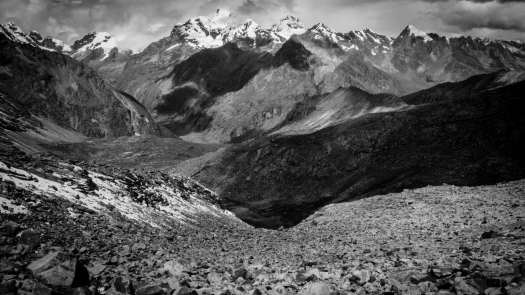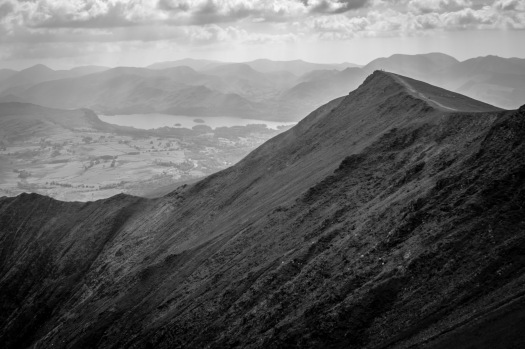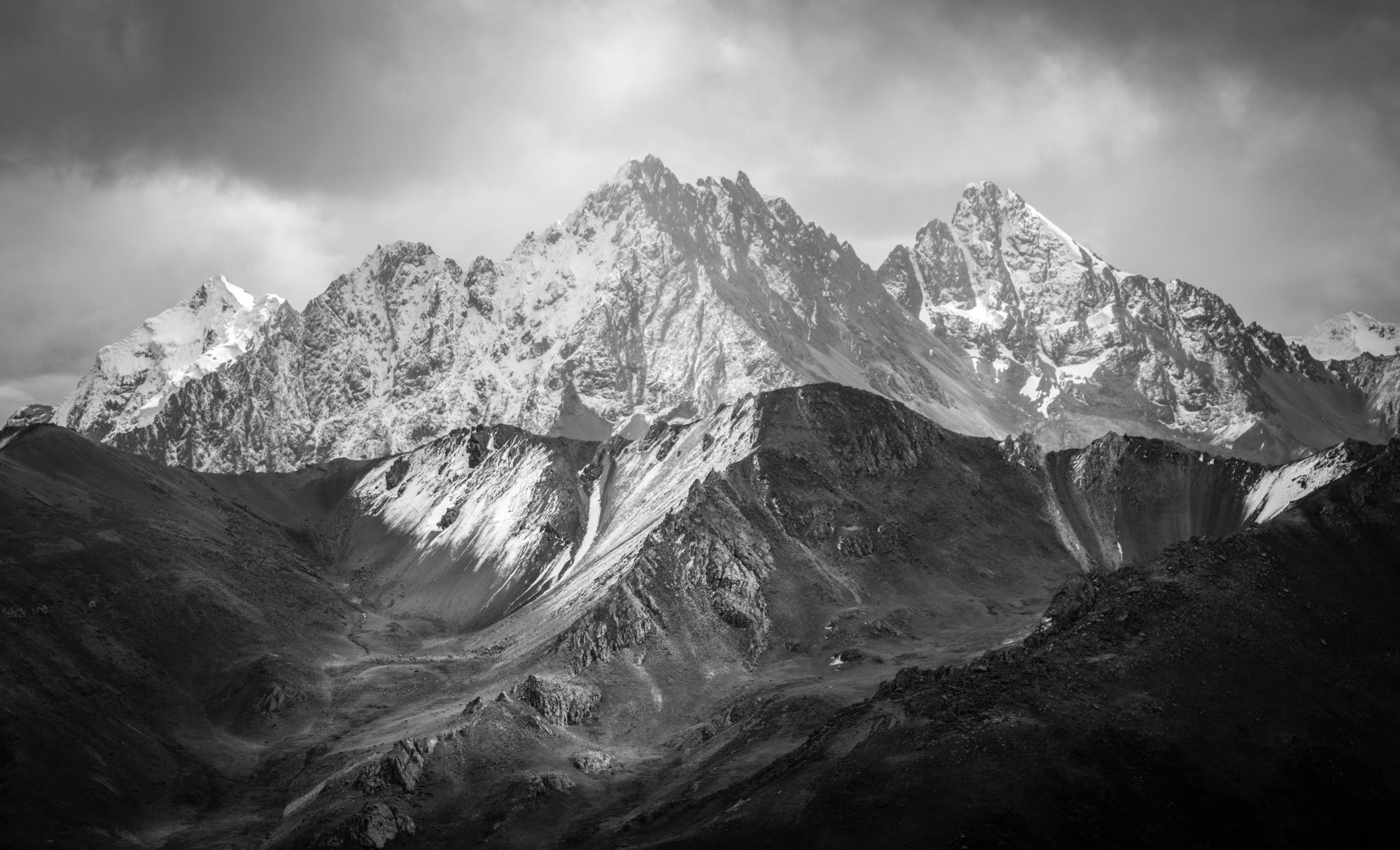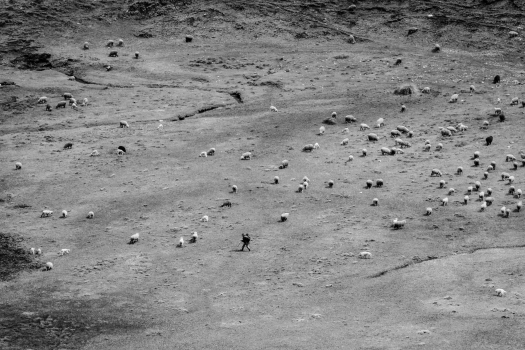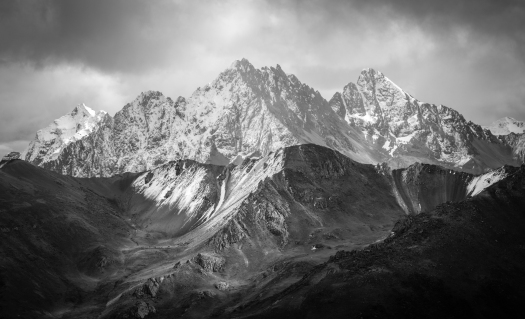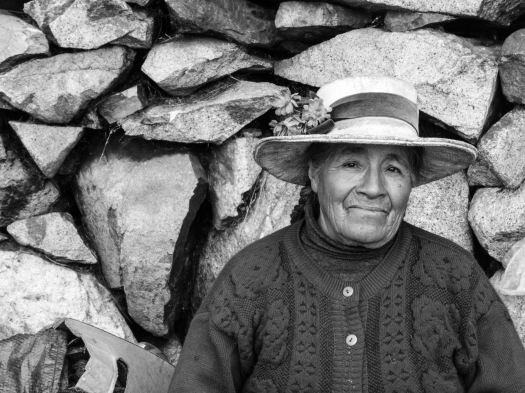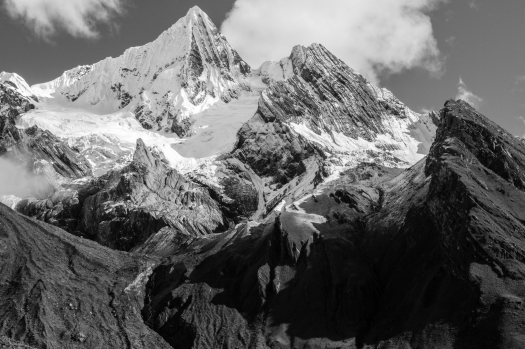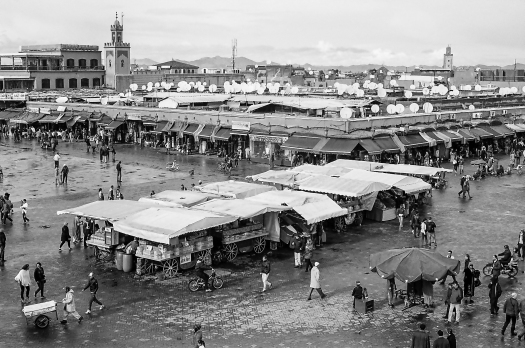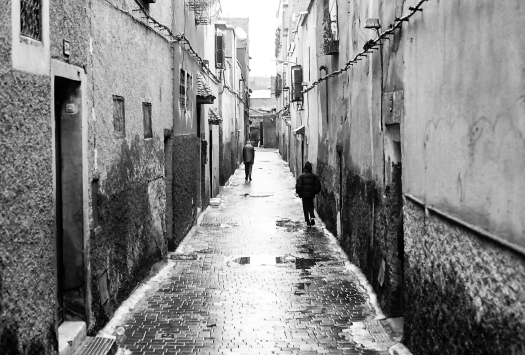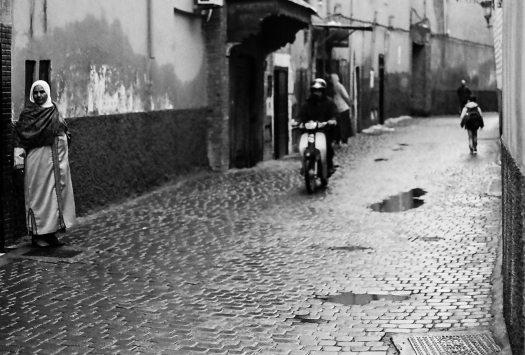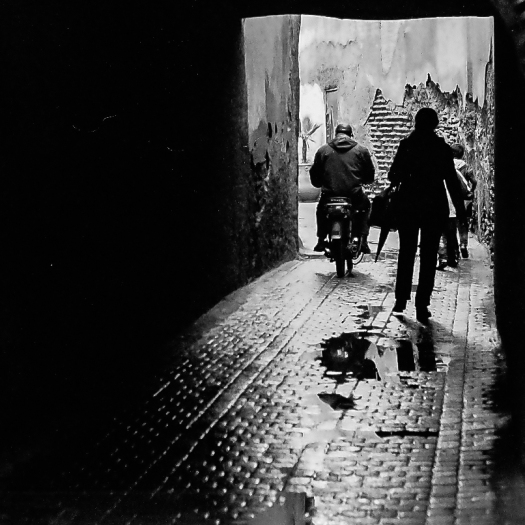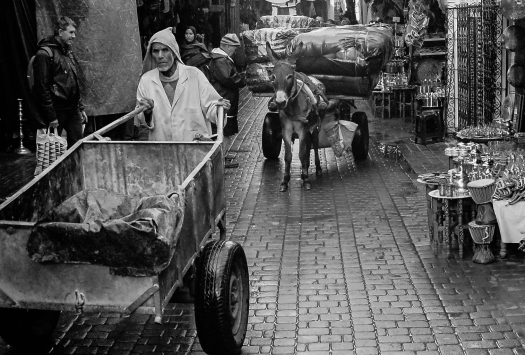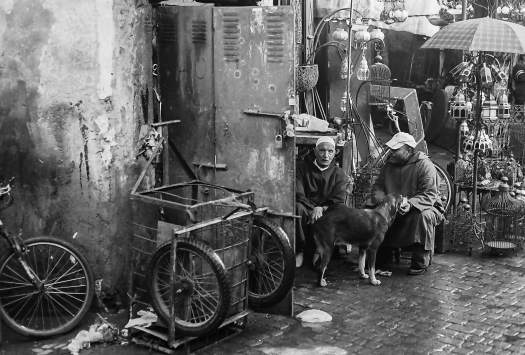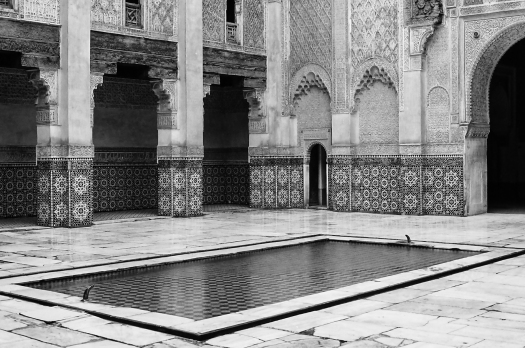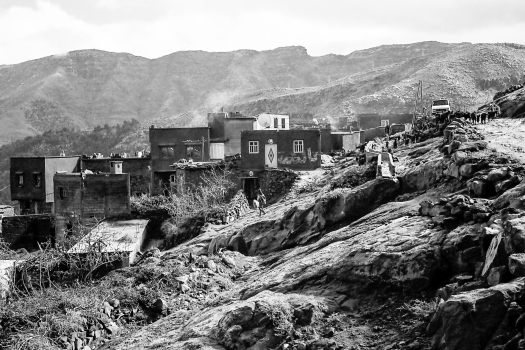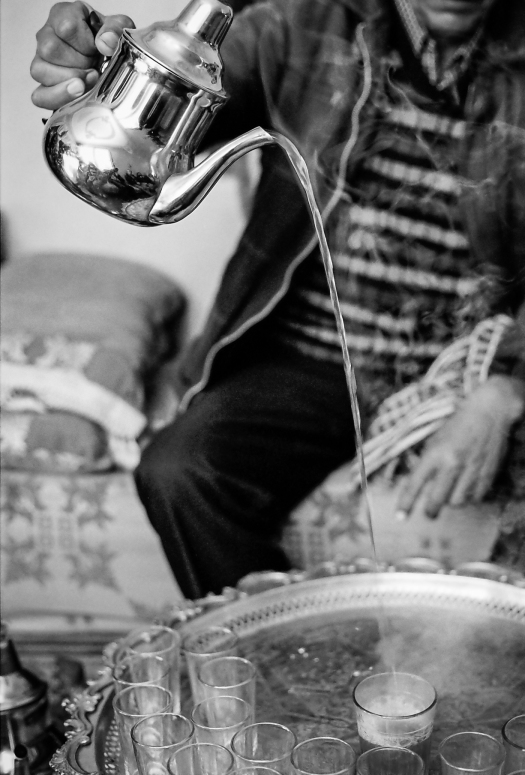There’s a staggering contrast in mountain landscapes, where dramatic shifts between different faces of the same vista can turn the world on its head.
In the tropical mountains of the Andes, the grassy pampas of the valleys can be pleasant, warm, sun-trapped rest-places in the humidity of the day. As night falls temperatures plummet to freeze each blade of grass like the harshest depths of winter.
Up high on the glacial peaks, the tropical sun has enough time to soften the ice and snow before freezing again in the darkness, creating spectacular fluting and brilliant white formations.
In the Himalayas, peaks rise so high they appear like clouds, and the sun can take half the day to be high enough to cast its rays into the deep valley floors.
My first and favourite mountain will always be Blencathra in England’s Lake District. I first hiked it as a child and have returned many times since. Its fells sit together like a plump, benevolent king, looking south over his lands from a throne in the north. It’s a welcoming sight, a homely one.
The neighbouring mountain Skiddaw, however, has always had the opposite effect on me. As a child the sight of it made me feel uneasy and a little afraid. Its dark peak has an unwelcoming air, while the surrounding fells spread wide around it, the scorched heather creating a forbidden land in the mind.
As irrational as this may be, my gut sense has always been one of apprehension. To this day I’ve not set foot on it.
Mountains can have an odd effect on the mind. I’ve been dumbstruck by the vastness of them, unable to articulate, or even begin to compute what my eyes are showing me. I’ve also found myself buzzing with excitement at the sight of something so huge and wondrous that I become a kind of mountain-giddy – overwhelmed with emotion to an almost narcotic effect.
I’m left with either nothing or everything. Speechless and numbed, or giggling, shaking, even crying all at once.
As a photographer I see a beauty and harshness to mountains and their landscapes of all shapes and sizes. The differing textures of ice, rock, scree or heather. The dark voids lacerated by brilliant beams of light. Cloud formations halted by the jagged edges of an ice-capped peak. The absolute wonder of something so huge, so marvelous, the mind can barely comprehend it.






